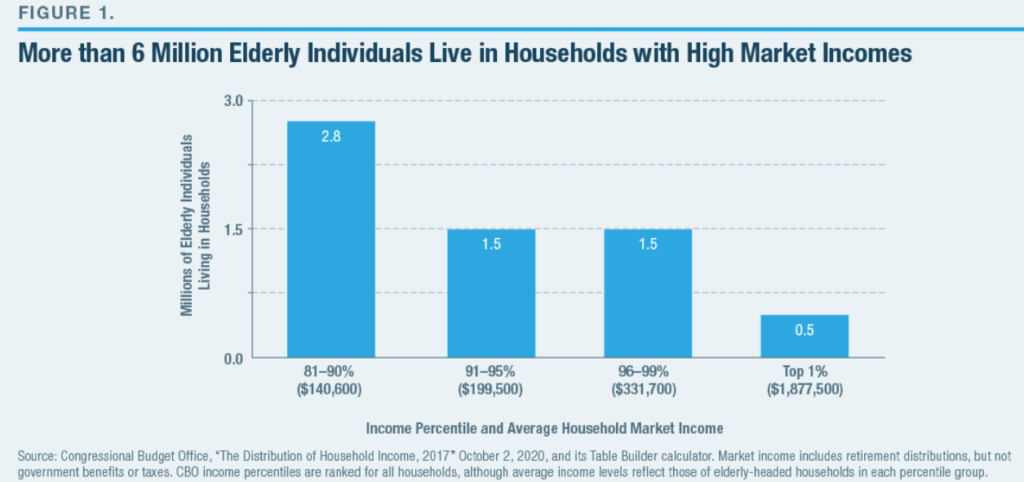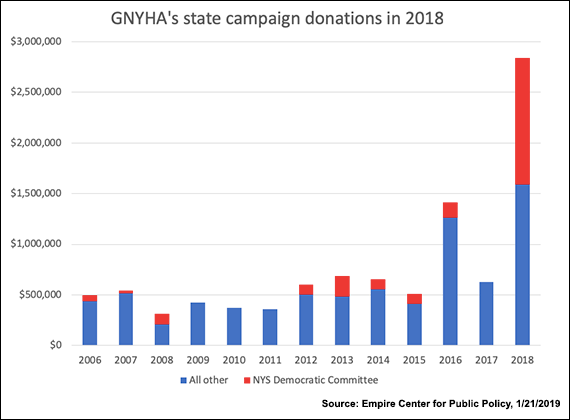Link: https://www.theguardian.com/commentisfree/2021/may/04/why-do-americans-die-earlier-than-europeans
Excerpt:
A 30-year-old American is three times more likely to die at that age than his or her European peers. In fact, Americans do worse at just about every age. To make matters more grim, the American disadvantage is growing over time.
In 2017, for example, higher American mortality translated into roughly 401,000 excess deaths – deaths that would not have occurred if the US had Europe’s lower age-specific death rates. Pre-pandemic, that 401,000 is about 12% of all American deaths. The percentage is even higher below age 85, where one in four Americans die simply because they do not live in Europe.
…..
There have been many efforts to account for the US mortality disadvantage. There is no single answer, but three factors stand out. First, death rates from drug overdose are much higher in the US than in Europe and have risen sharply in the 21st century. Second is the rapid rise in the proportion of American adults who are obese. In 2016, 40% of American adults were obese, a larger proportion than in Europe. Higher levels of obesity in the US may account for 55% of its shortfall in life expectancy relative to other rich countries. Third, the US stands out among wealthy countries for not offering universal healthcare insurance. One analysis suggests that the absence of universal healthcare resulted in 45,000 excess deaths at ages 18-64 in 2005. That number represents about a quarter of excess deaths in that age range.
…..
Above age 65, healthcare insurance coverage is nearly universal via Medicare. An international review of medical practice by the National Academy of Sciences suggested that the US does comparatively well in identifying and treating cardiovascular diseases and many cancers. But the prevalence of these diseases, the principal killers in wealthy countries, is unusually high in the US. Heart disease, a type of cardiovascular disease and America’s number one cause of death for decades, is strongly linked to lifestyle factors such as obesity. Although the connection between obesity and health risks is well known, consumer preferences for unhealthy food are strong. Not just because humans are biologically vulnerable to sweets and fats, but because major food producers and distributors are incentivized to turn this weakness into profit.
Author(s): Samuel Preston, Yana Vierboom
Publication Date: 4 May 2021
Publication Site: The Guardian UK

